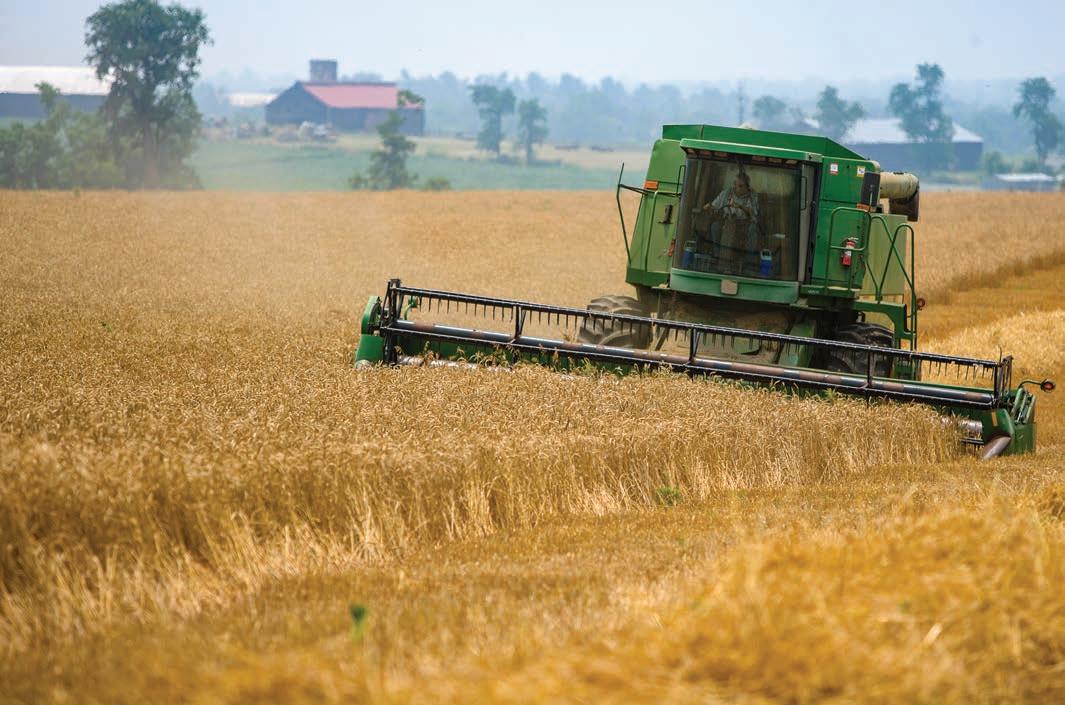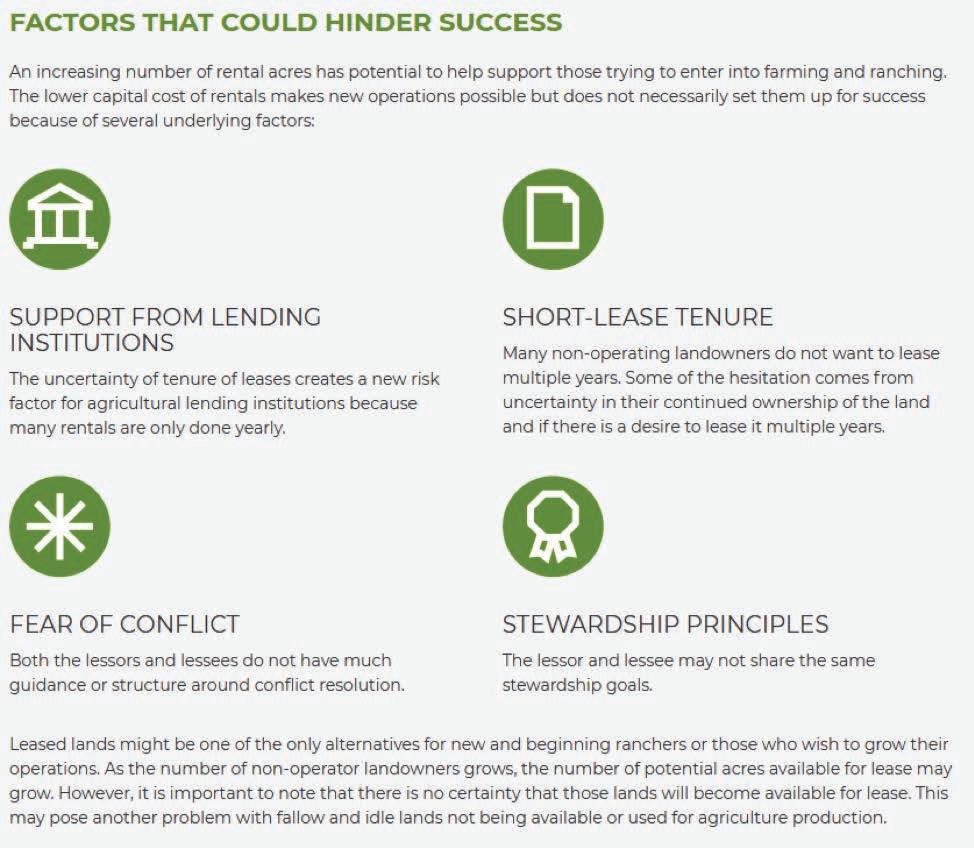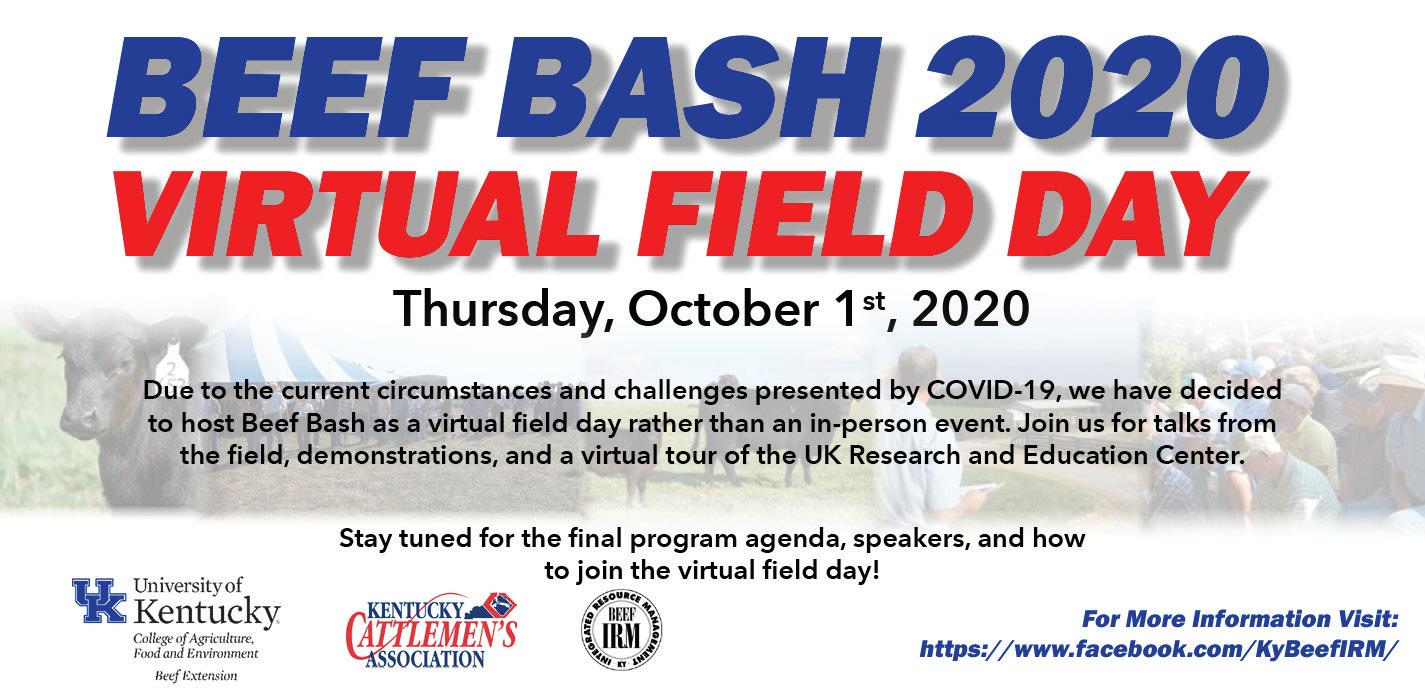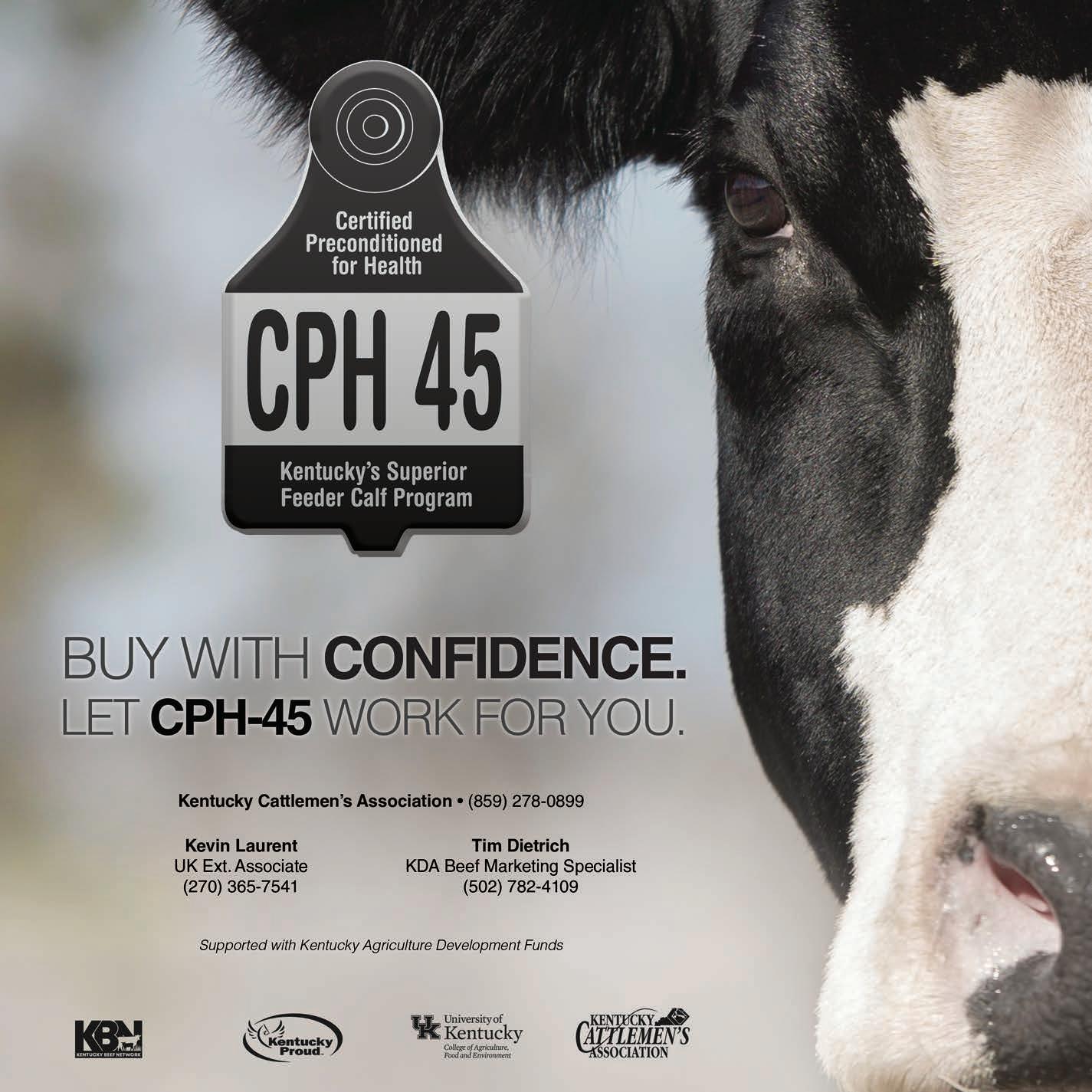
5 minute read
D rought Risk Management Practices for Beef Cattle Farms 18-19 L egislative Update 24-25 E conomic & Policy Update 50-51 Membership 52-53 Kentucky Beef Council
Steve Higgins and Lee Moser
If you ask a beef producer what their output is, they may say meat, when in fact, their answer should be forages. Without abundant forages, producers cannot increase the mass of grazing stock. The volume of forages in a pasture affects stocking densities and the amount of time cattle can spend in a pasture. Maximum forage production is accomplished by providing maximum cover, balanced fertility, deep well drained soils, and plant-available water. The water that falls on and over a farm’s landscape is transient. A producer’s goal should be to preserve water on the farm until it can be replenished again by the next precipitation event. This means that infiltration and water retention needs to be maximized and the volume of runoff that can cause erosion should be minimized. Producers who focus on these goals should be able to enhance beef production and will be able to manage better the moderate agricultural droughts that we encounter in Kentucky. Drought preparedness starts with the implementation of Best Management Practices (BMPs) on Kentucky’s farms by utilizing an Ag Water Quality Plan. Implementing BMPs that support the following “Principles of Drought Preparedness” can improve a producer’s ability to cope with the additional stress a drought can add to soil, plants, and livestock.
Principles of Drought Preparedness
Implement Rotational Grazing. Keep soil covered in vegetation to eliminate erosion. Raindrops can hit exposed soil withanexplosiveeffect, launchingsoil particles and degrading soil structure.
Once dry, the surface of the soil can experience hydrophobic (water repellent) capping, which can further limit the infiltration of water. All of these effects will be more problematic on sloped pastures. Control Animal and Vehicle Traffic. Overgrazing and compaction are stresses that lower water holding capacity, infiltration rates, organic matter content, and forage yield. At the same time, overgrazing and compaction increase pasture deterioration, evaporation, andrunoff. Increase Soil Organic Matter Content. Each one percent increase in organic matter holds approximately 27,000 gallons of water per acre, which is the equivalent of infiltrating one hundred percent of a one-inch rainfall event. Rotational grazing and manure applications are two ways to increase organic matter. Utilize Terracing. Subsoiling compacted soils heaves up the ground where the ripper passed through the soil profile. When subsoiling is conducted along the contours of hillsides, it creates a mini terrace. These terraces reduce the steepness and slope length, thereby slowing water runoff, and increasing infiltration rates. These combined effects increase forage production when properly grazed. Establish Forage Diversity and Fertility Management. Choose an Appropriate Stocking Density and Rotation Timing. Harvest Water and Develop Water Sources. These practices facilitate rotational grazing. Water harvesting has the added benefits of using collected rainwater to reduce water bills, while providing water for cattle and possibly reducing runoff and erosion. Continuous grazing (field on the left) increases compaction and reduces infiltration as compared to rotational grazing (field to the right)
Provide Plenty of Shade. Adequate shade reduces the water requirements of cattle, while providing relief from solar radiation.
Situational Confinement. A practice that is not advisable is to open every gate across the farm and let the cattle have access to every field. Depending on the severity of the drought, this could harm the productivity of pastures for months if not years.
Producers can reduce the long -term effectsofovergrazingduringadrought by confin ing animals to a dry lot with shade and haul feed to them. Lots that have been reinforced with all-weather surfaces, which can facilitate manure management are ideal. Overtaxing soil resources can and will lead to damage. In extreme cases, the damage caused can be extremely difficult, if not impossible to correct. Simply removing the cattle or allowing natural methods to correct the damage may not work or may take many years to correct using natural forces. In some cases, improving infiltration rates requires mechanical correction. All of these negative effects are magnified when drought strikes. Producers should implement practices that preserve topsoil and increase organic matter content, while avoiding compaction. The previously suggested practices are presented as a systematic approach to dealing with drought in Kentucky. They require a producer to implement adaptive management strategies that modify the operation to the environment instead of modifying the environment to the operation. Practices that increase, secure, and optimize the available water on the farm should be chosen to increase the effectiveness and efficiency of the operation. Producers should prioritize addressing areas that are the most limiting production areas through self-evaluation and implement additional BMPs or practices to offset the limitations. Providing a source of water makes a field usable, but may reveal soil fertili ty issues or the need for improved forages, indicating that this is a dynamic process. More than likely, the processes and practices implemented in this procedure complement a producer’s agriculture water quality plan. The beauty of this process is the improvement of the overall productivity of the farm, while maintaining and improving the integrity of natural resources. For full details on BMPs for drought preparedness, refer to the University of Kentucky Extension publication “Drought Risk Management for Beef Cattle Farms”
PRIME PICKED PRODUCTS

Pecos Liner Lock:
4 inches closed length, 3.5-inch blade length, Stainless Steel Bolsters, Cream Yellow Delrin handles, and a stainless steel pocket clip.
abktinc.com $23.99

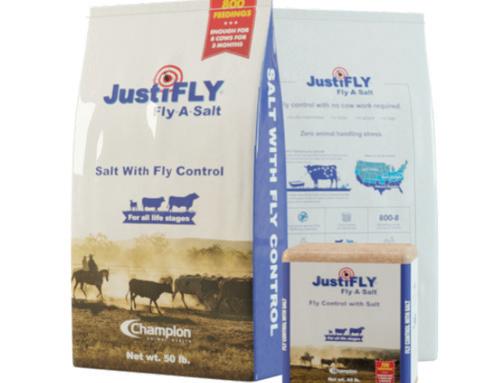
Fly control has never been easier. Cattle ingest the IGR larvicide as they feed on the salt. No withdrawal period. 800 feedings/bag. Pennies a day. Contact us today to find out how we can help.
Gro-Tec Inc. Gro-Tec.com (800) 535-3354
Case IH RB5 Series Round Balers are designed to consistently build dense bales in varying crop and field conditions. With more hay in each bale so you can spend less time moving, stacking and feeding, and more time on other tasks. caseih.com
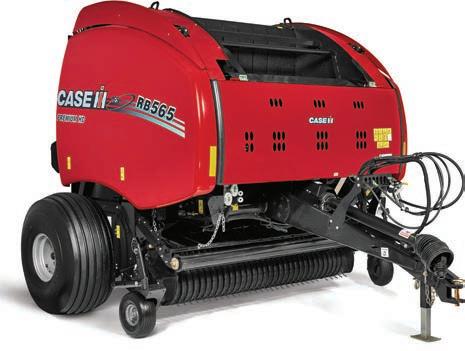
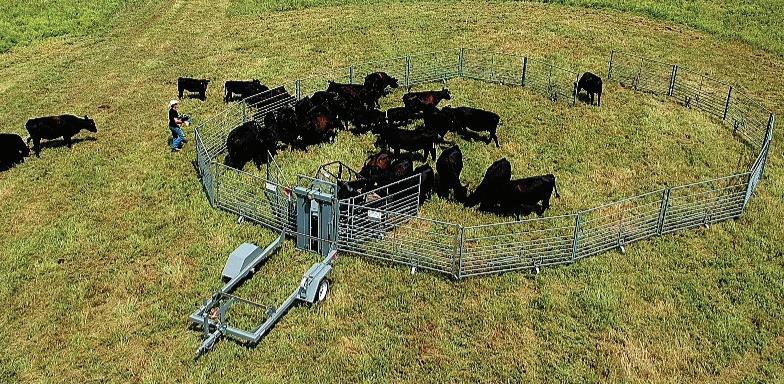
All-Purpose Corral - The Affordable Portable! All-Purpose Corral offers over 185ft of panels with flexibility to use with large and small animals. Carrier includes torsion suspension & highway speed hubs and can be pulled by light weight vehicle. www.molymfg.com


HydraHyde® Water-resistant and Breathable Leather Work Glove by Wells Lamont® (Style 1168) www.wellslamont.com


